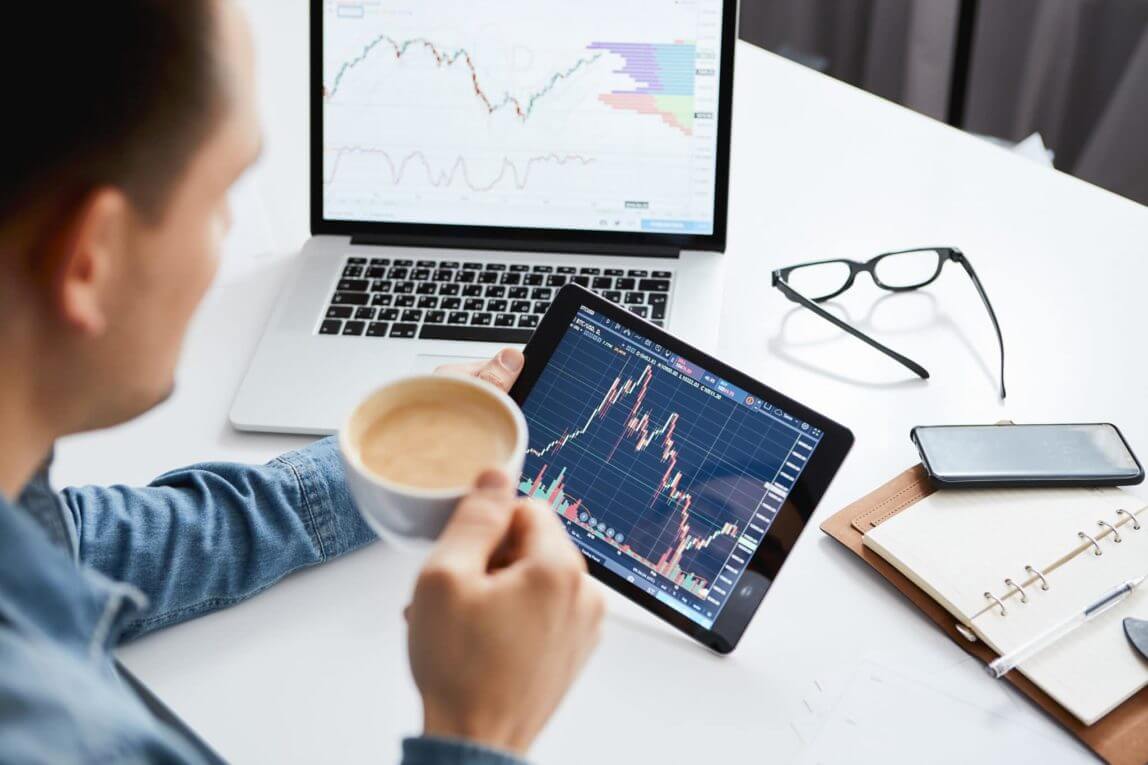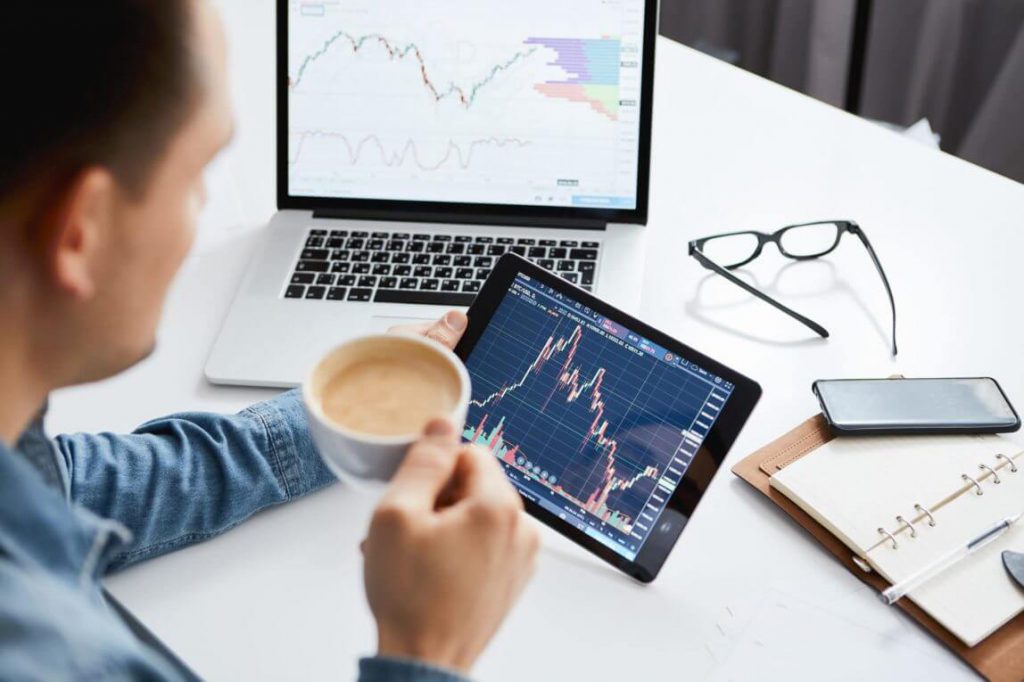
How to manage your Forex trading risks
Trading risk management is one of the essential topics in trading. Traders want to minimize any potential losses. However, on the other hand, traders also want to extract as much potential profit as possible from each transaction.
The Forex market is one of the largest financial markets globally, with a total daily transaction volume of more than 5.1 trillion U.S. dollars. Banks, financial institutions, and individual traders can make huge profits and have the same huge losses with this money.
Appropriate risk management is an absolute requirement to become a successful trader.
What does risk management mean?
Forex risk management empowers you to make a set of rules and measures. It is needed to ensure that any adverse effects of foreign exchange transactions are controllable. An effective strategy requires proper planning from the beginning. It is best to develop a risk management plan before actually starting a trade.
We will inform you of the risks you come across in foreign exchange transactions. We will also teach you how to manage these risks and control your personal finances.
What kind of risks could forex trading include?
- Currency risk- It is the risk associated with currency price fluctuations, resulting in more or less cost of purchasing foreign assets
- Interest rate risk- It is associated with a sudden rise or fall in interest rates, affecting volatility. Changes in interest rates affect forex prices because the expenditure and investment in the entire economy will increase or decrease. All these are depended on the direction of interest rate changes
- Liquidity risk-It refers to the chance of not buying or selling assets fast enough to prevent losses. Although Forex is a highly liquid market, there may be periods of insufficient liquidity. It depends on the currency and the government’s foreign exchange policy
- Leverage risk is the risk of increased losses during margin trading. Because the initial expenditure is less than the value of the foreign exchange transaction, it is easy to forget the amount of funds you have invested.
Essentials of risk management strategy
Educate Yourself About Forex Risk and Trading
What is the first rule in trading? The answer is easy: Learn more about the Forex. If you are not familiar with trading, you need to teach yourself as much as possible. No matter how rich your experience in the foreign exchange market is, there are always new lessons to learn. Keep reading and learn about everything related to foreign exchange.
The good news is that there are plenty of educational resources to help, including foreign exchange articles, videos, and webinars.
Diversify Your Forex Portfolio
By making diversified investments, you can protect yourself in the event of a market decline. Other strong markets may compensate for the descent.
With this in mind, you can manage your foreign exchange risk. You need to ensure that foreign exchange is part of your investment portfolio. Another way you can scale is to exchange multiple currency pairs.
If you are a novice trader, the best advice to reduce risk is to start cautiously, no matter who you are. We recommend using a free simulated trading account to practice new strategies in a risk-free environment.
Determine the risks
Determining your risk appetite is the core of proper foreign exchange risk management. Traders should ask: How much am I willing to lose in a single transaction? This is especially important for the most volatile currency pairs, such as certain emerging market currencies. In addition, the liquidity of foreign exchange transactions is also a factor that affects risk management.
If you don’t know how much Loss you can afford, your position size may eventually become too high, resulting in losses. It will affect your ability to make the next trade.
Assume that 50% of your trades are winners. In the long run, mathematically speaking, you can expect to make multiple losing trades in a row. In a trading career of 10,000 transactions, it is possible to face 13 consecutive losses at some point. This emphasizes the importance of understanding your risk appetite. It would be best if you were prepared and have enough funds in your account for emergencies.
So how much risk should you take? A good rule of thumb is that each transaction only bears a risk of 1% to 3% of the account balance. So, for example, if you have an account with 100,000 USD, your risk amount will be 1,000-3,000 USD.
One of the basic rules of risk management in foreign exchange trading is that your risk should never exceed the Loss you can afford.
Select the right Position Size
Choosing the correct position size or the number of lots you trade in is significant. The right size can protect your account and maximize your opportunities. To select the position size, you need to calculate the stop-loss position, determine the risk percentage, and evaluate the point cost and lot size.
Use Stop Loss
The use of stop-loss orders means closing the transaction when a specific price is reached. It is another critical concept for understanding effective risk management in foreign exchange trading. Knowing in advance when you want to exit a position means you can prevent potentially significant losses.
Traders need to use stop loss to apply a risk/reward ratio of 1:1 or higher. For 1:1, this means you have to risk 1 dollar to earn 1 dollar. Set a stop loss and limit price for each transaction. Ensure that the limit price is at least as far away from the current market price as your stop loss.
Consider Leverage
Foreign exchange leverage allows traders to obtain more exposure than their trading account may allow. It means higher profit potential and higher risk. Therefore, leverage should be managed carefully.
DailyFX senior strategist Jeremy Wagner studied traders’ performance based on the number of trading funds used. He found that traders with smaller account balances generally hold higher leverage than traders with more significant balances. However, traders who use less leverage see much better results than traders who use smaller ratios over 20 to 1. Traders with large balances are more than 80% more profitable than traders with small balances.
Based on this information, traders are advised to use leverage very carefully and pay attention to the risks it brings.


